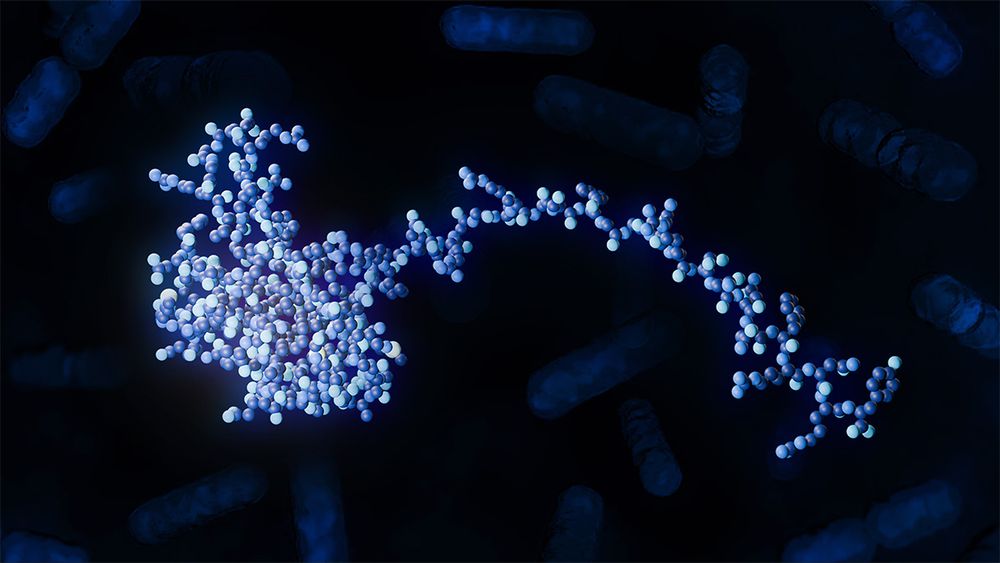We found mutually exclusive evolutionary pathways to multidrug resistance in E. coli & P. aeruginosa - some resistance mechanisms actively prevent others from coexisting www.biorxiv.org/content/10.1...

We found mutually exclusive evolutionary pathways to multidrug resistance in E. coli & P. aeruginosa - some resistance mechanisms actively prevent others from coexisting www.biorxiv.org/content/10.1...
Ruslan Medzhitov and Xu Zhou reporting in Cell
#Epigenetics #Condensates #Chromatin
---
Perfect for cancer, immunology, and aging research; epigenometech.com
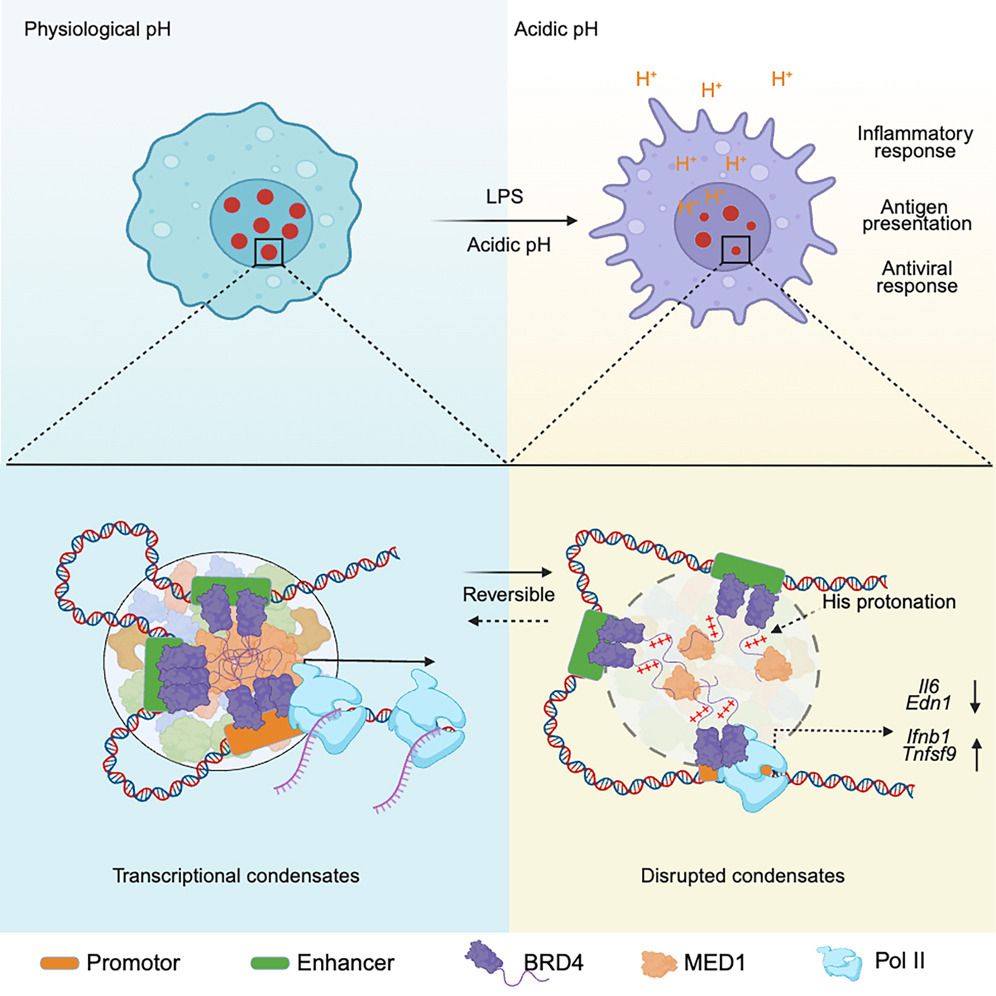
Ruslan Medzhitov and Xu Zhou reporting in Cell
#Epigenetics #Condensates #Chromatin
---
Perfect for cancer, immunology, and aging research; epigenometech.com
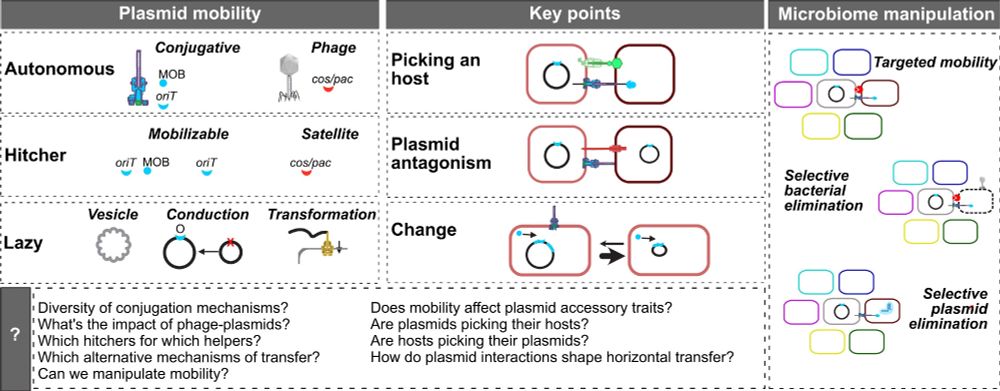

🔗 doi.org/10.1093/gbe/evaf113
#genome #evolution

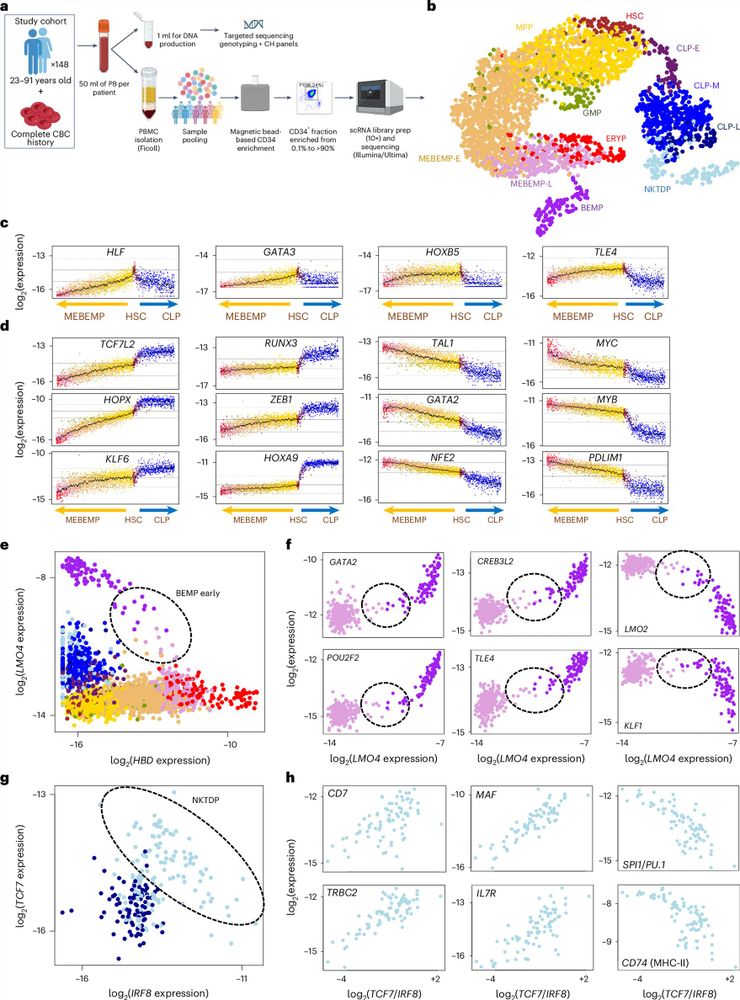
Macrophages: sentinels, warriors, and healers
Free Link:
academic.oup.com/hmg/advance-...
@khannakm.bsky.social

🎧 Listen here: activemotif.com/podcasts-pet...
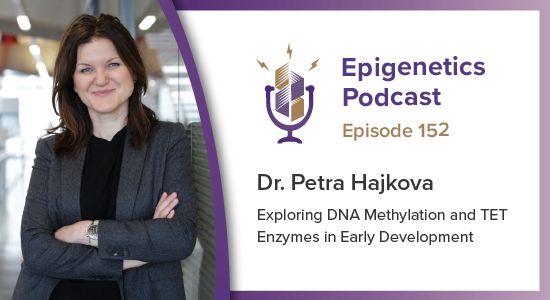
🎧 Listen here: activemotif.com/podcasts-pet...
#immunology #immunosky #medsky #IDsky #pedsky #publichealth

#immunology #immunosky #medsky #IDsky #pedsky #publichealth
www.nature.com/articles/s41...
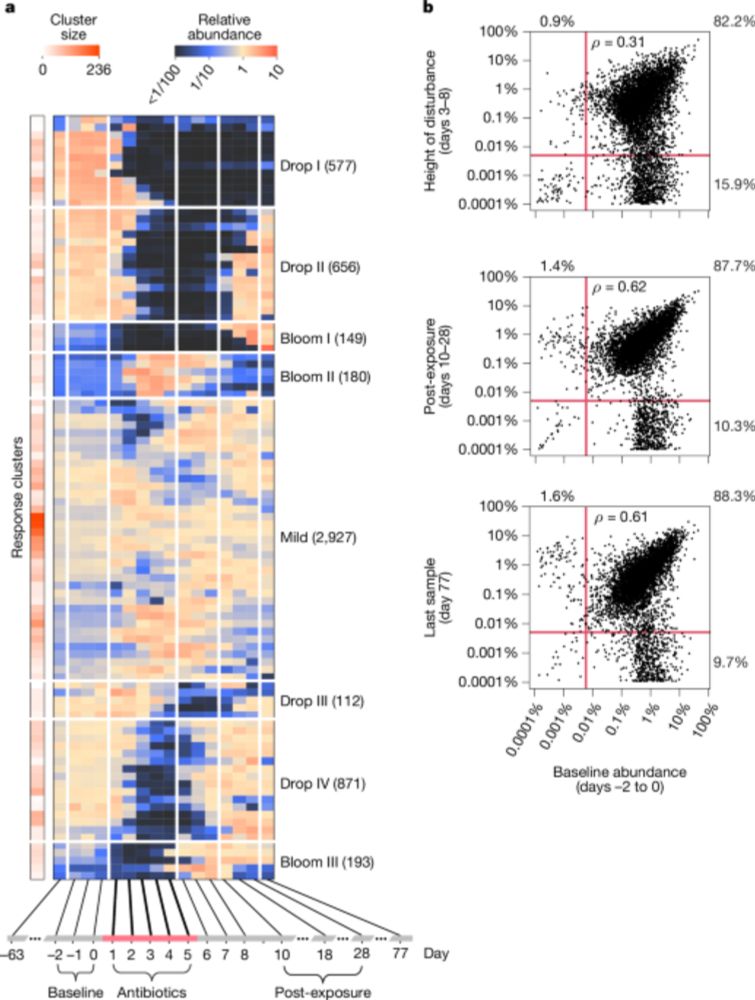
www.nature.com/articles/s41...
The meeting is now supported by the EMBO Young Investigator Programme
We’re thrilled to have their backing for this year’s meeting. 🌟
🔗 Full details & programme: www.ukcellmicro.org
#CellMicro #ECR #EMBO
The meeting is now supported by the EMBO Young Investigator Programme
We’re thrilled to have their backing for this year’s meeting. 🌟
🔗 Full details & programme: www.ukcellmicro.org
#CellMicro #ECR #EMBO
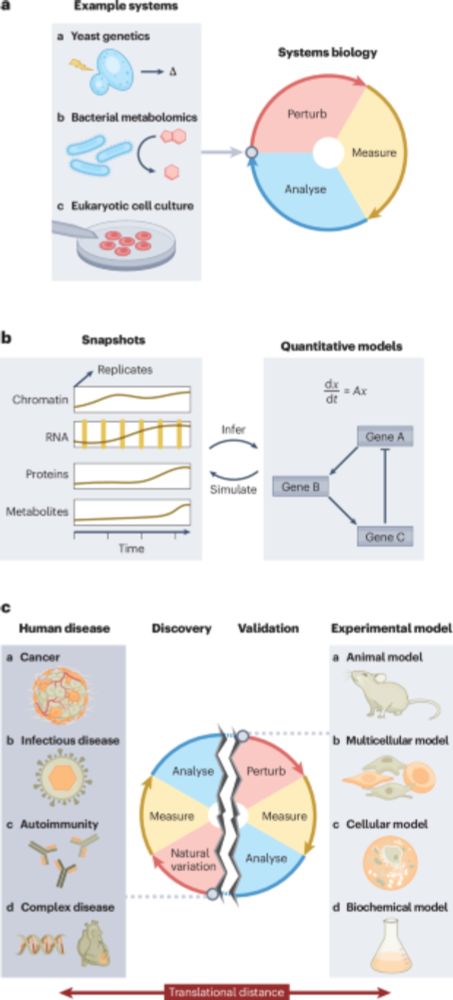
“Uncertainty quantification and posterior sampling for network reconstruction”
TL;DR; We present an efficient method to sample the entire ensemble of possible network reconstructions that are compatible with an indirect observation, e.g. a dynamics.
Short thread: 1/N
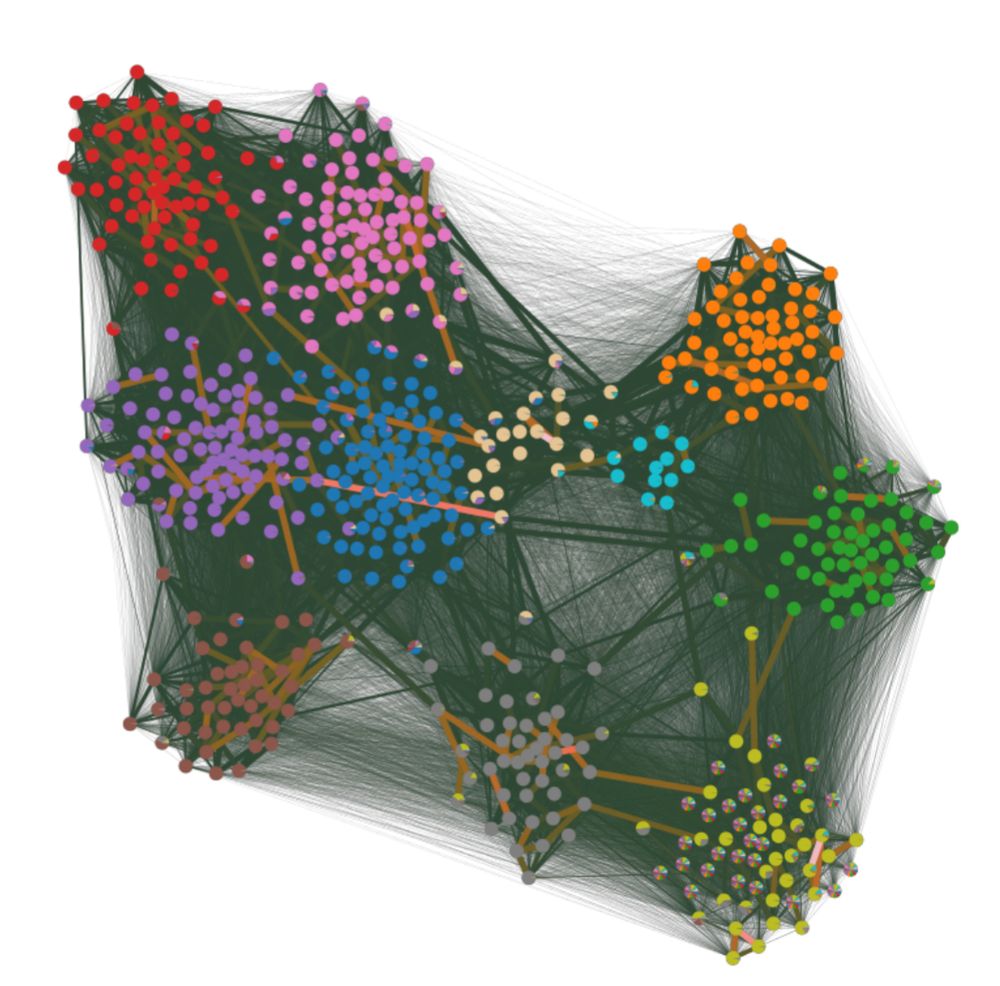
“Uncertainty quantification and posterior sampling for network reconstruction”
TL;DR; We present an efficient method to sample the entire ensemble of possible network reconstructions that are compatible with an indirect observation, e.g. a dynamics.
Short thread: 1/N

Machine learning, using the sequences of an individual's B and T cell receptors, has the potential to diagnose immune-related diseases.
https://buff.ly/3QvxSVf
By Maxim Zaslavsky, Erin Craig, @anshulkundaje.bsky.social , @scottboydlab.bsky.social et al.
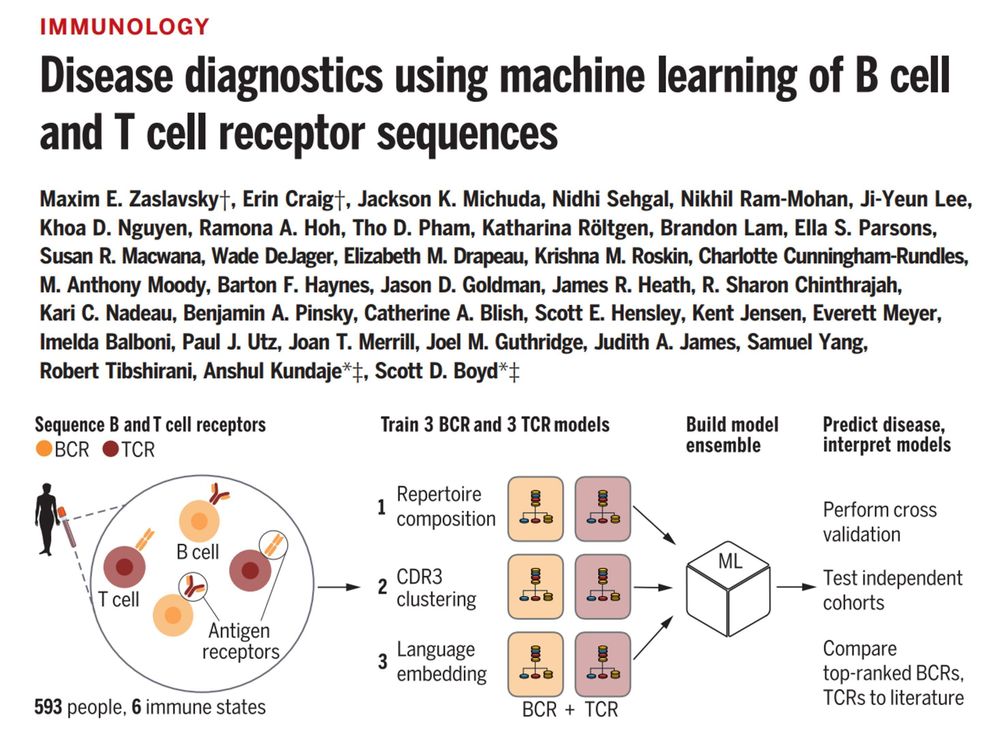
Machine learning, using the sequences of an individual's B and T cell receptors, has the potential to diagnose immune-related diseases.
https://buff.ly/3QvxSVf
By Maxim Zaslavsky, Erin Craig, @anshulkundaje.bsky.social , @scottboydlab.bsky.social et al.
Alex and I wrote about how organoids + microbiology offer a powerful, tractable way to decode these interactions. Check it out! 👇
🔗 doi.org/10.1038/s443...
@embojournal.org #MicroSky

Alex and I wrote about how organoids + microbiology offer a powerful, tractable way to decode these interactions. Check it out! 👇
🔗 doi.org/10.1038/s443...
@embojournal.org #MicroSky
(from Crow & Casanova,
Human life within a narrow range: The lethal ups and downs of type I interferons)
#Immunology
www.science.org/doi/abs/10.1...
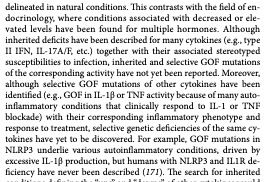
(from Crow & Casanova,
Human life within a narrow range: The lethal ups and downs of type I interferons)
#Immunology
www.science.org/doi/abs/10.1...
https://arxiv.org/abs/2410.03380
https://arxiv.org/abs/2410.03380
Truly brilliant paper with great figures! @lancetmicrobe.bsky.social
www.thelancet.com/journals/lan...
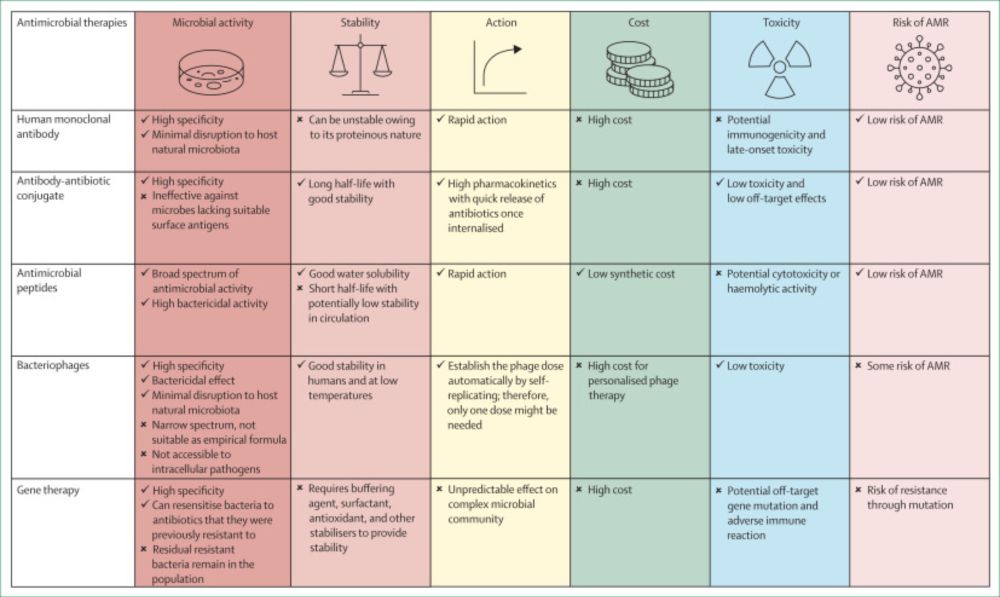

www.biorxiv.org/content/10.1...
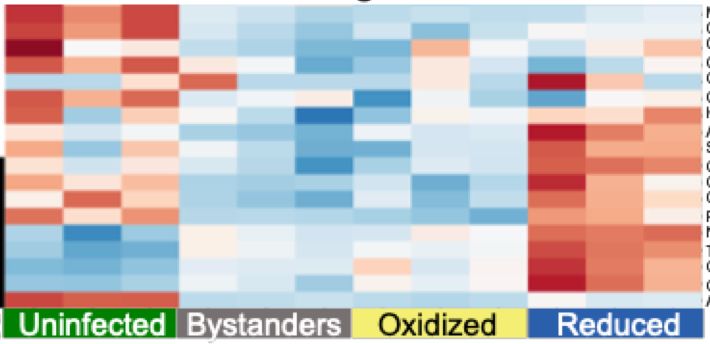
www.biorxiv.org/content/10.1...
